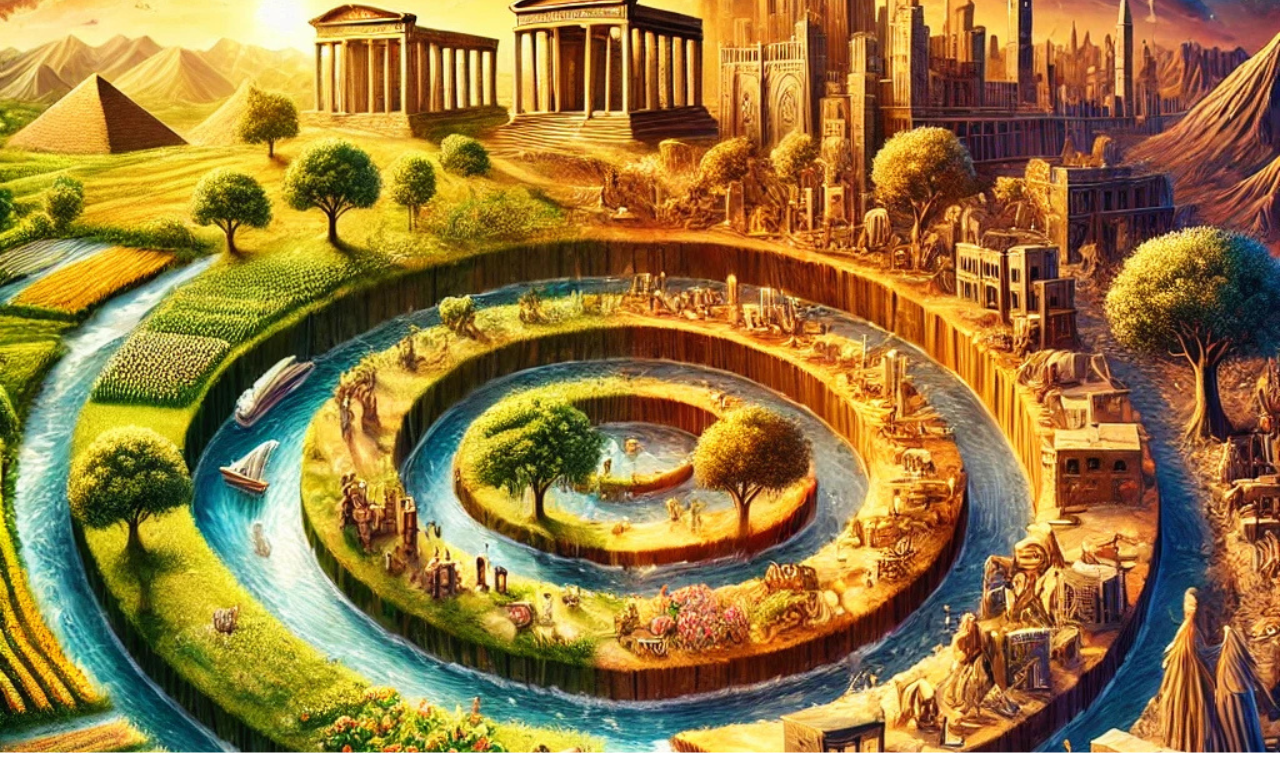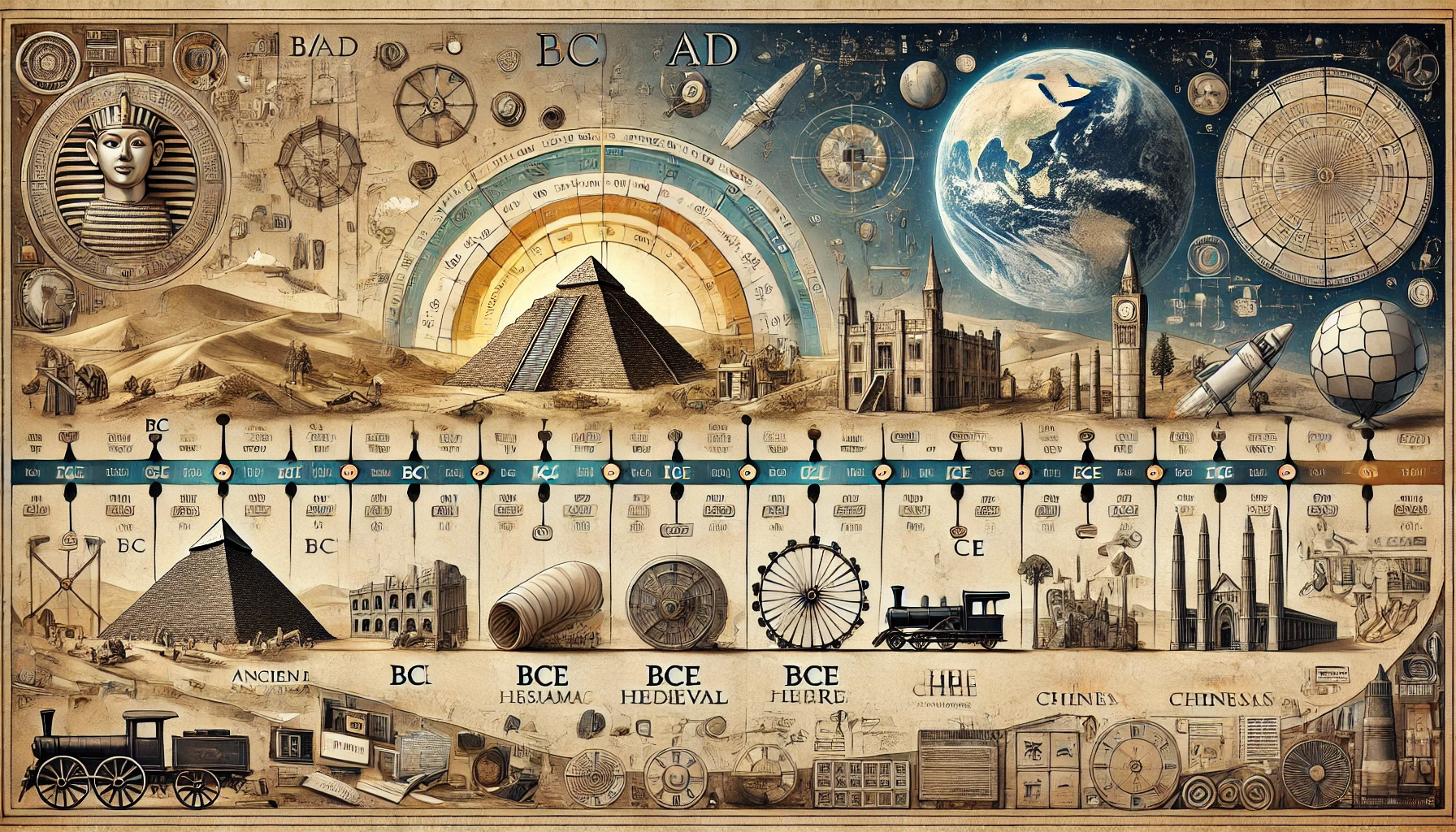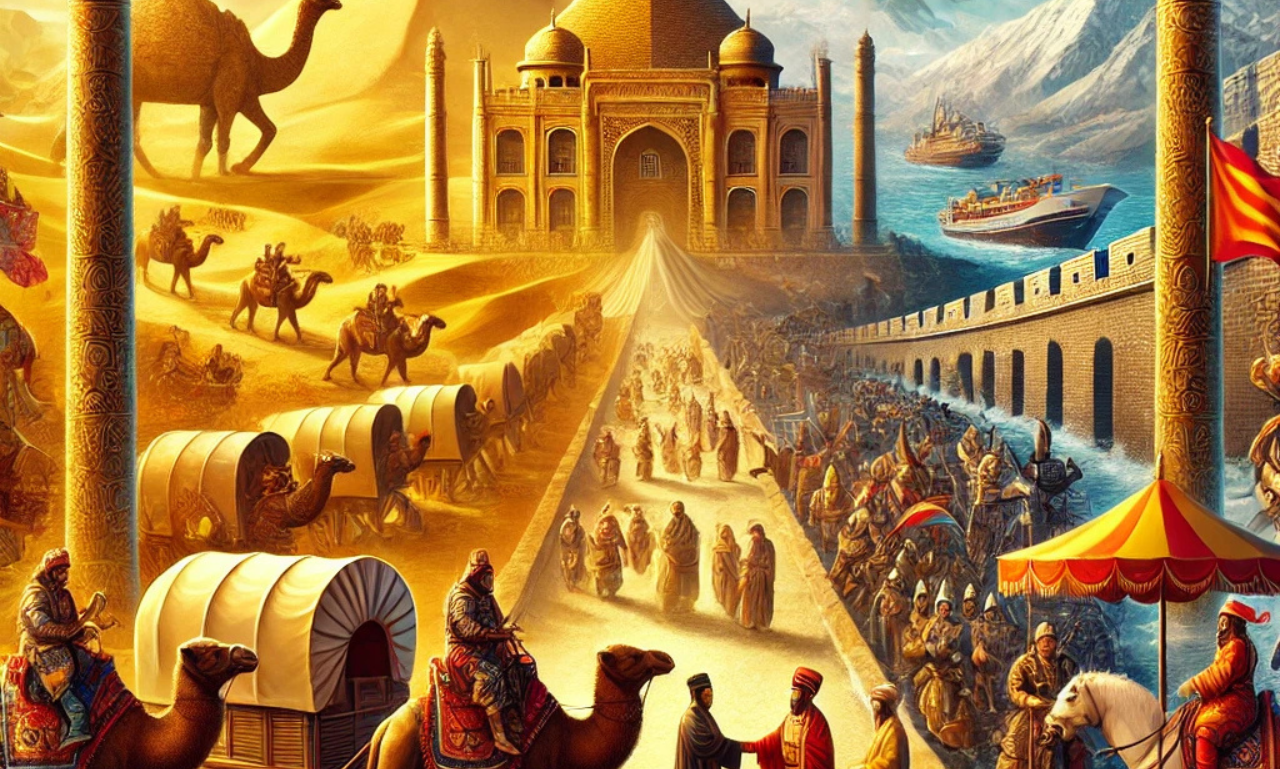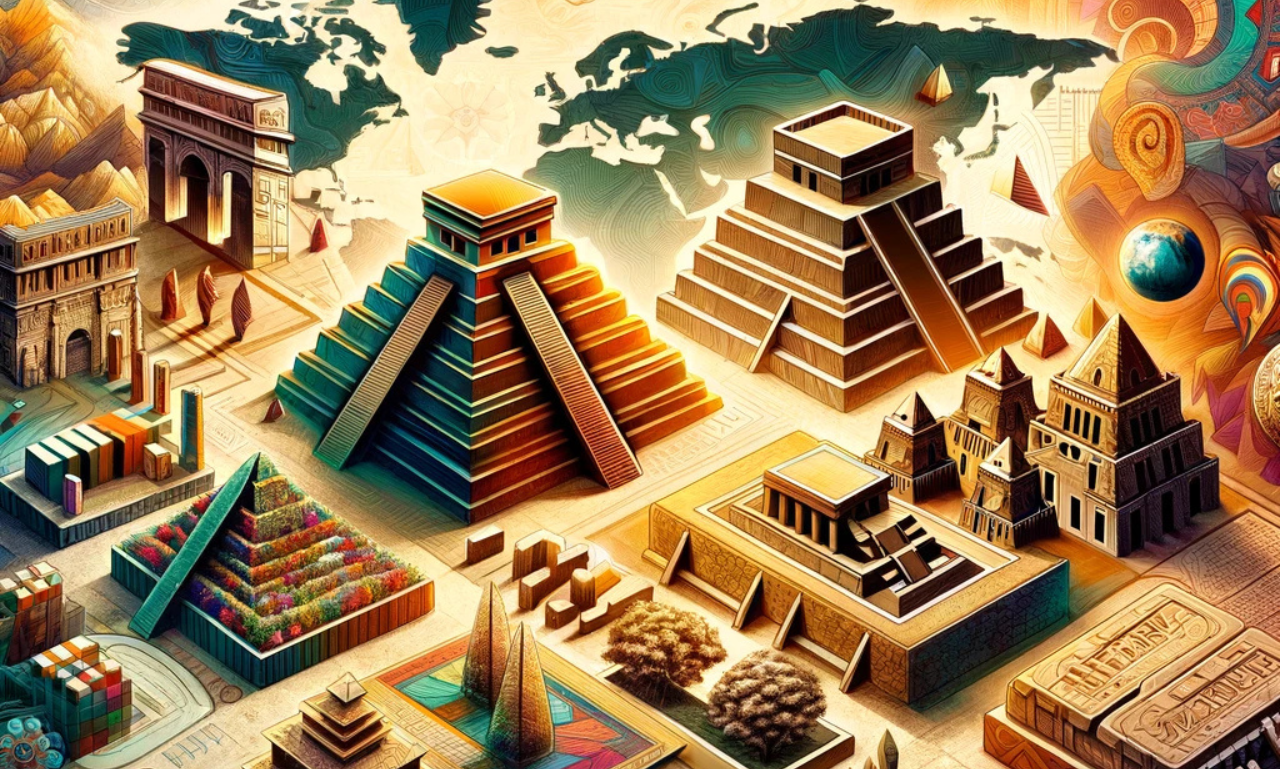Like biological entities, civilizations go through their own life cycles; history has a remarkable way of explaining this. Each leaving behind tales of invention, perseverance, and—yes, vulnerability—they grow, flourish, and finally vanish. Let us go through the elements influencing the birth and collapse of civilizations and see how their legacies still affect us now.
The Ingredients of a Flourishing Early Civilizations
When one considers early civilizations such as Mesopotamia or Ancient Egypt, it is straightforward to believe their success was certain. Still, civilizations do not arise overnight. These are the outcomes of multiple important elements cooperating. Allow me to dissect it.
1. Geographic Benefits: The Power of Place
Ever noticed how some of the first civilizations developed along rivers? That is not by accident. The lifeblood of ancient cultures was rivers such as the Nile, Tigris, and Euphrates. They turned arid ground into rich, lush farms by supplying continuous irrigation and water for drinking. And those cyclical floods? Indeed, they were a nuisance, but they also enhanced the soil’s nutrients, thereby preparing it for use in agriculture.
Given an agricultural surplus, these cultures might sustain more people. More people meant more hands to labor, more minds to create, and—vile—the first steps toward urbanization. Many of the ancient civilizations we study today may never have come to pass without these geographic gifts.

2. The Role of Innovation: The Game Changer
People often assert that necessity fosters innovation, and early societies were characterized by their innovative nature. Consider this scenario: growing populations needed feeding more people, which in turn sparked a plethora of innovative solutions. Consider the inventions of the wheel, the plow, and irrigation systems, which have revolutionized transportation and agriculture.
But it was not over yet. Like bronze-making, basic metallurgy paved the path for more powerful tools and weapons; trade networks helped to disseminate these ideas all around. Growing increasingly skilled in manufacturing food and products, these cultures set the stage for economic development and future technical innovations. This situation is truly mutually beneficial!
3. Social Glue: Leadership and Law
Obviously, a society couldn’t survive on only beautiful terrain and gleaming new equipment. The actual magical component is social harmony. The demand for leadership and government developed along with the size of colonies. Early leaders—whether chieftains, priests, or kings—were setting down the law and settling disputes, not only handling resources.
These figures contributed to creating organized government institutions and the first legal systems. People were more easily able to protect against attacks and handle internal problems when they had clear boundaries, common identities, and a feeling of purpose. Simply explained, political and social cohesiveness transformed groups of villages into vibrant, ordered states.

Why Early Civilizations Fall: A Perfect Storm of Challenges
Unfortunately, none of the civilizations is perfect. Some elements speed their fall while others help them soar. History shows us here the weaknesses of even the most powerful cultures.
1. Nature’s Wrath: Environmental Challenges
For societies mostly dependent on their surroundings, even little changes might cause disaster. Consider protracted droughts, catastrophic floods, or changes in river paths. For instance, the Indus Valley civilization—known for its sophisticated urban design—probably encountered environmental problems like tectonic activity and climatic change, which upset water supply and agriculture.
Food scarcity causes populations to drop as communities fight to keep their buildings intact. It serves as a stark reminder of the intimate connection between human cultures and the natural world.
2. Economic Woes and Social Unrest
Any lasting civilization’s foundation is a healthy economy, yet even minor flaws may cause a fall-through. Many ancient civilizations suffered economic unrest from overdependence on certain trading routes, resource depletion, or runaway inflation. With strikes, upheavals, and general mistrust of authority, this often set off social turmoil.
Consider the Roman Empire first. Economic crises, driven by overreliance on slave labor and the overextension of trade networks, undermined its financial basis. Together with other elements, this economic volatility planted the seeds of its final fall.

3. Enemies Within and Without: Invasions and Internal Strife
Some societies collapsed from within, while others succumbed to outside invaders enticed by their riches. Civil wars, power conflicts, and leadership crises made countries open targets for takeover or total collapse. Once again, the Roman Empire is a perfect case: it battled internal strife and leadership problems while suffering waves of barbarian invasions.
The fall of the Indus Valley, meanwhile, highlights how often internal and outside forces interact—though less precisely known. Although environmental and societal issues clearly put the civilization on unstable footing, historians debate whether invasions had any influence.
Lessons from the Past: The Cycles of Early Civilization
The main lesson is that while civilizations develop, flourish, and collapse, their stories don’t finish with their destruction. Examining the elements underlying their achievements and mistakes helps us gain a priceless understanding of the cyclical character of history. It reminds us that vulnerability still exists even in the strongest cultures.
What can we learn from civilizations such as the Indus Valley or Rome? The value of flexibility is one crucial lesson. Societies with the capacity to overcome social, financial, and environmental obstacles have a higher chance of survival. Furthermore, it is crucial to exercise foresight. Maintaining the survival of a civilization depends on realizing possible hazards, both within and outside of the country.
Bringing It Together
Civilizations are more than dusty monuments and artifacts from the past. These are stories of human connectivity, resilience, and creative genius. From the rich Nile banks to the busy Roman marketplaces, their legacies still define the planet we live on now.
The next time you wonder at the glory of an ancient civilization, consider the complex network of elements that made it possible—and the lessons it may teach our own contemporary society. History is, ultimately, a road map for the future rather than just the past.




